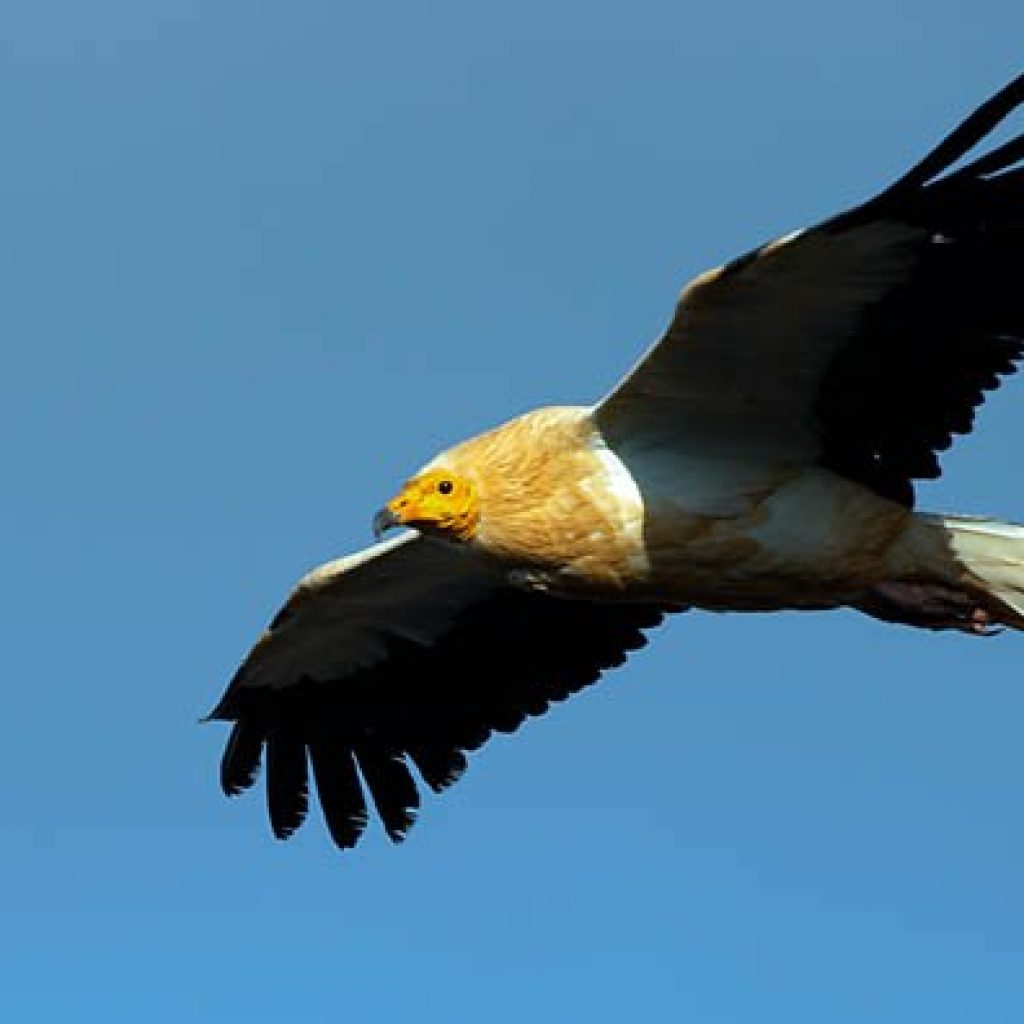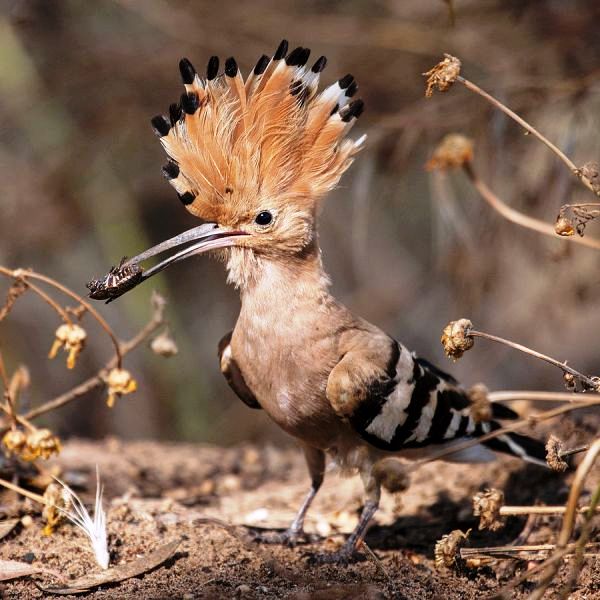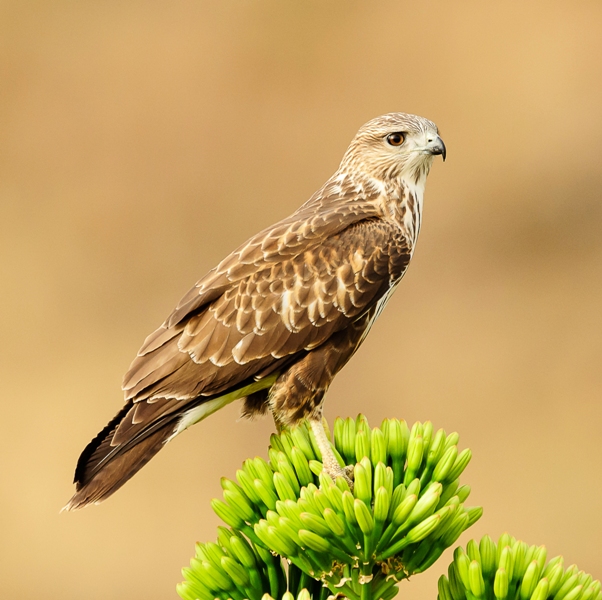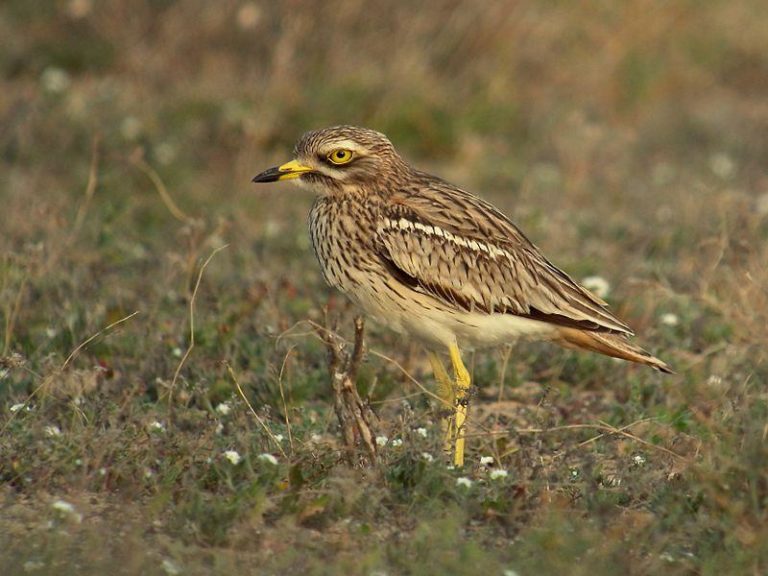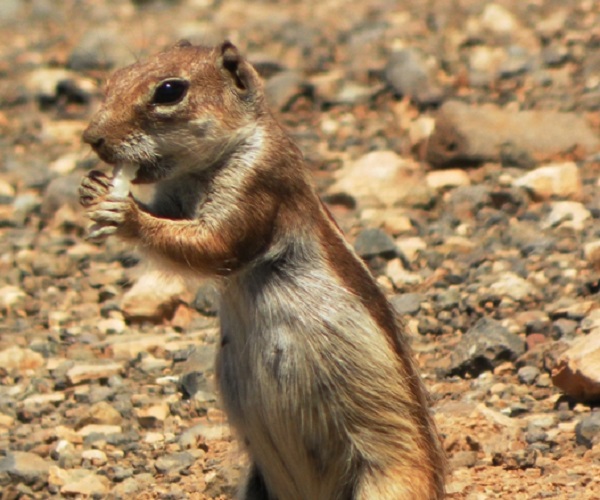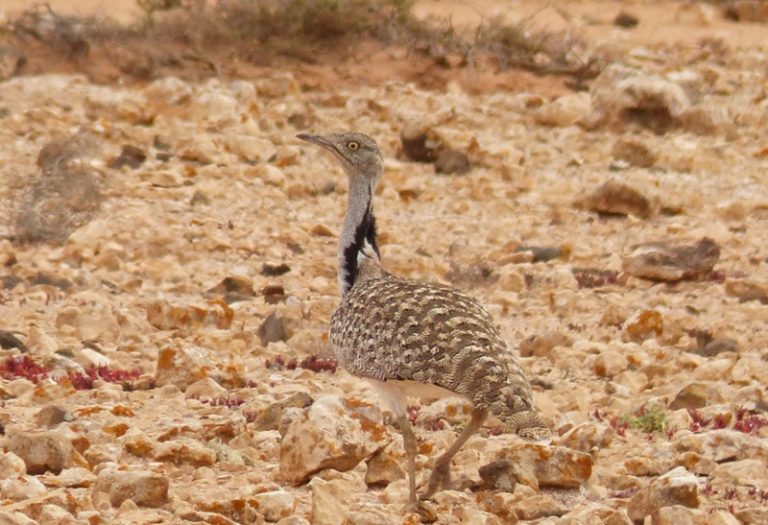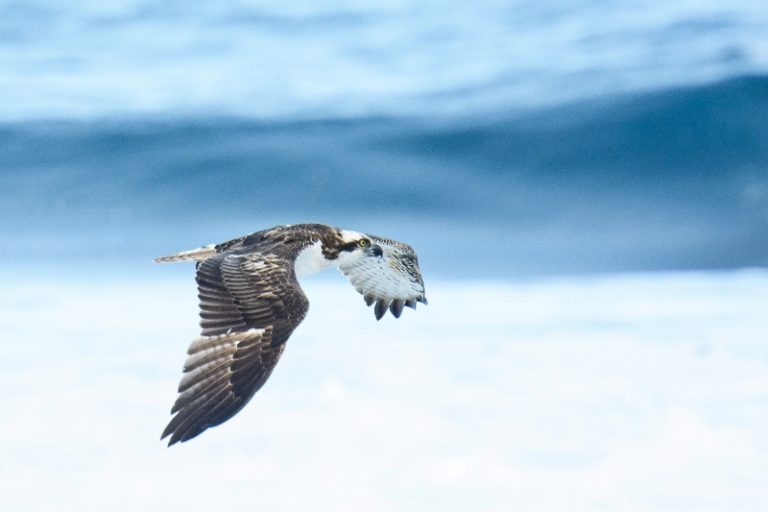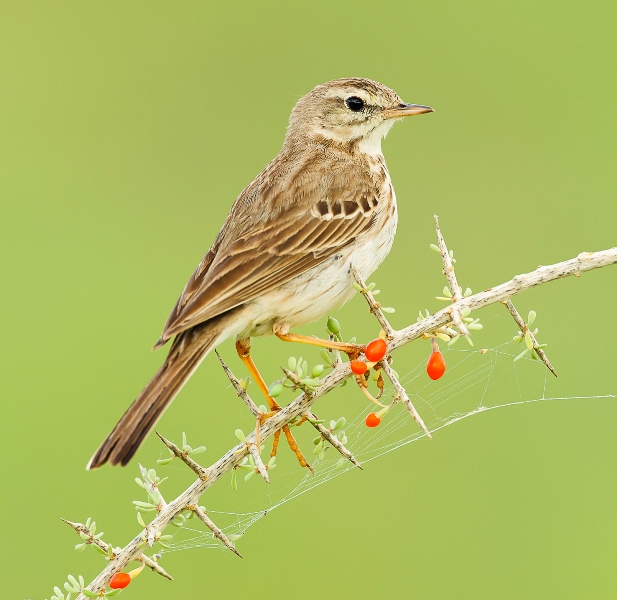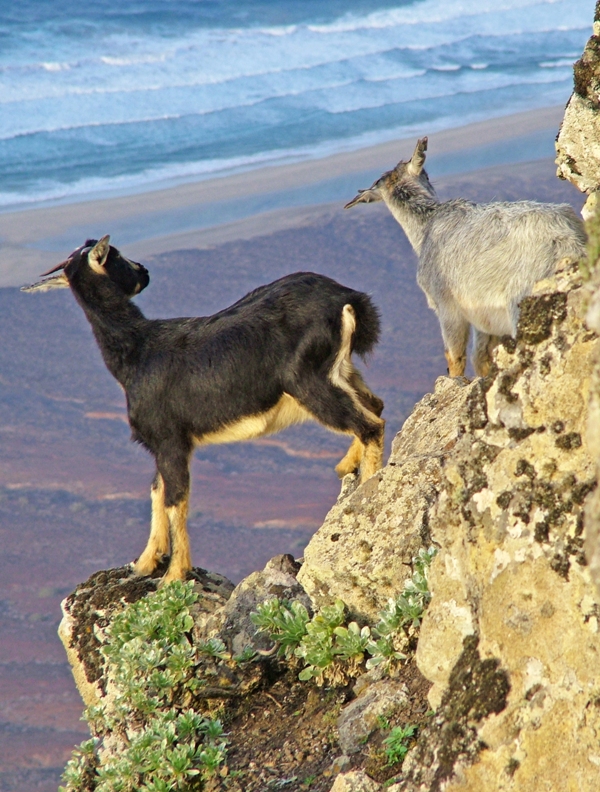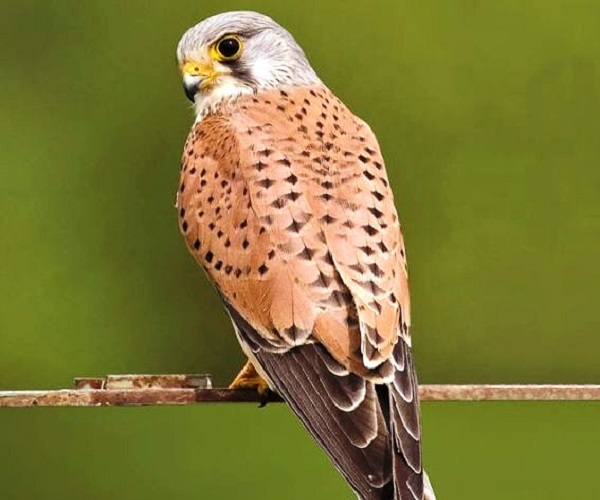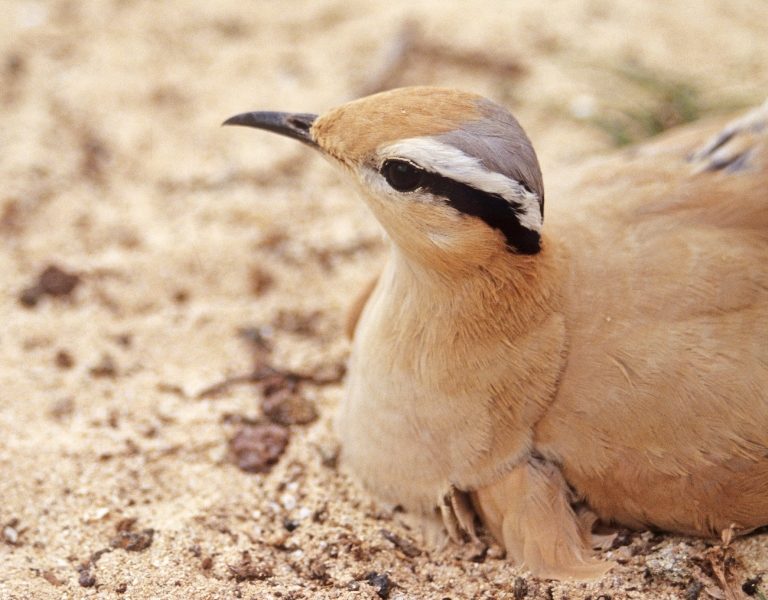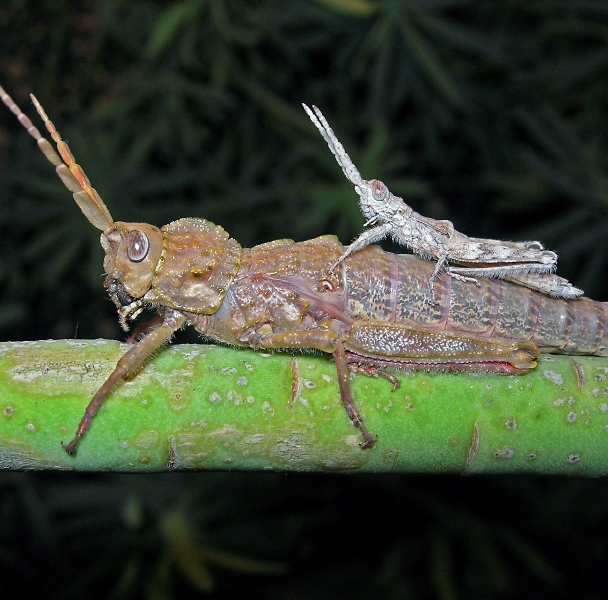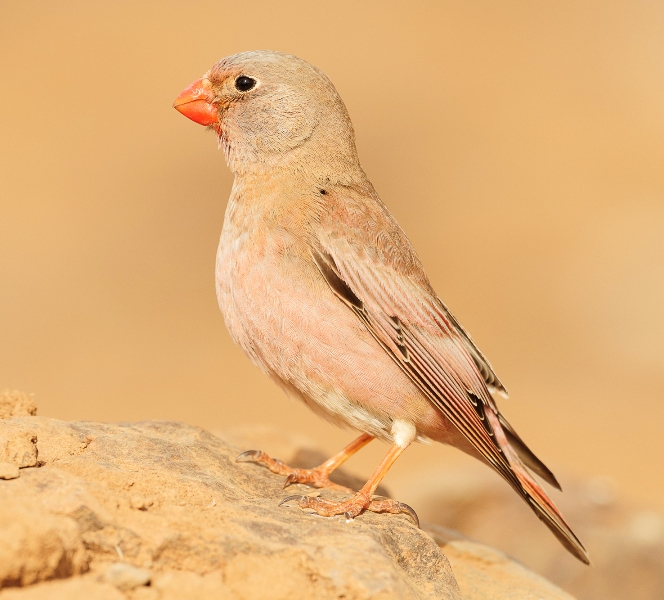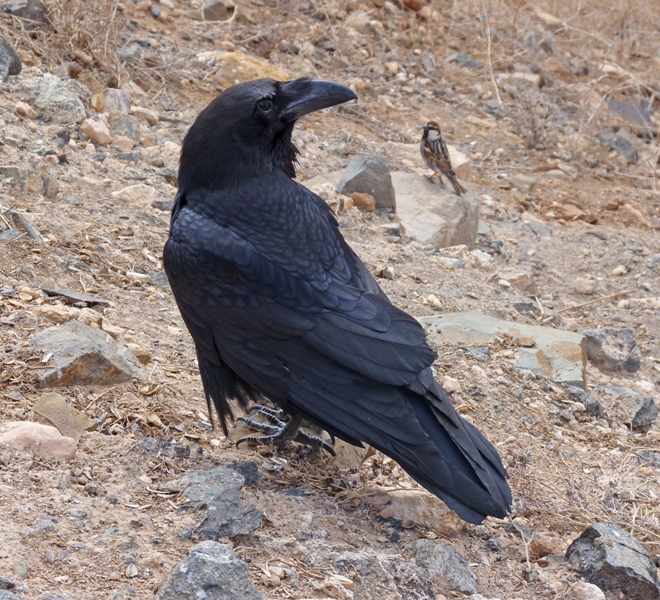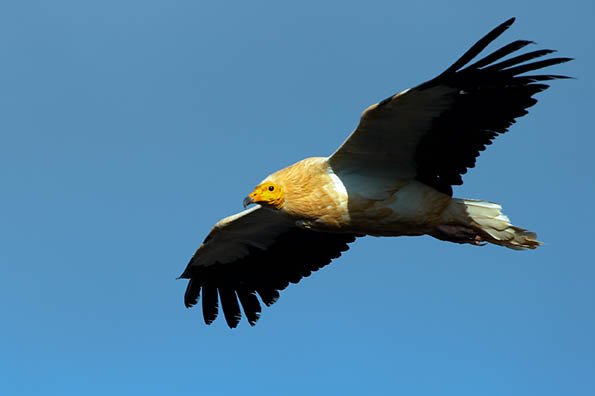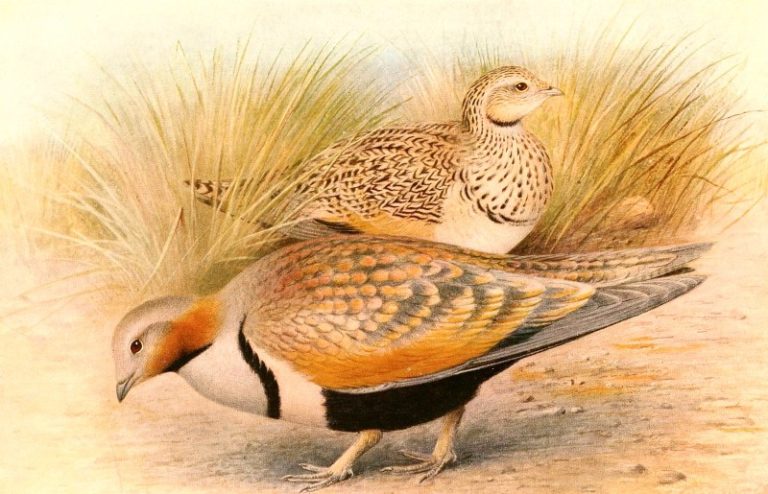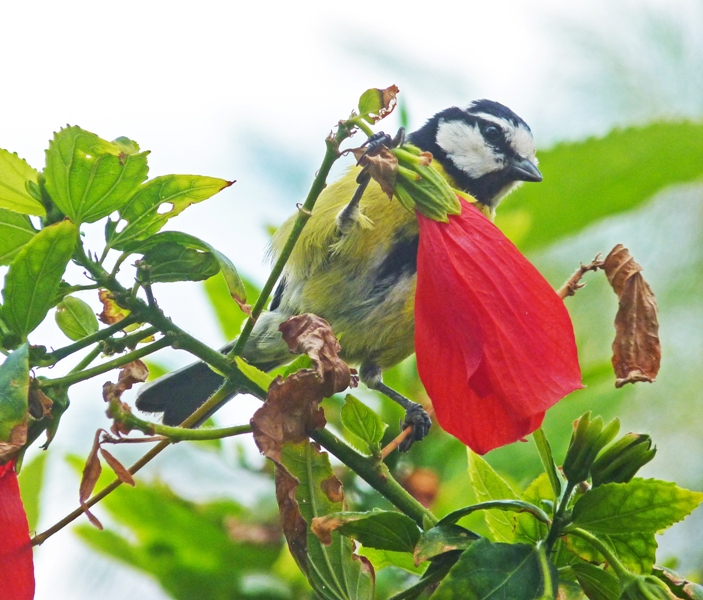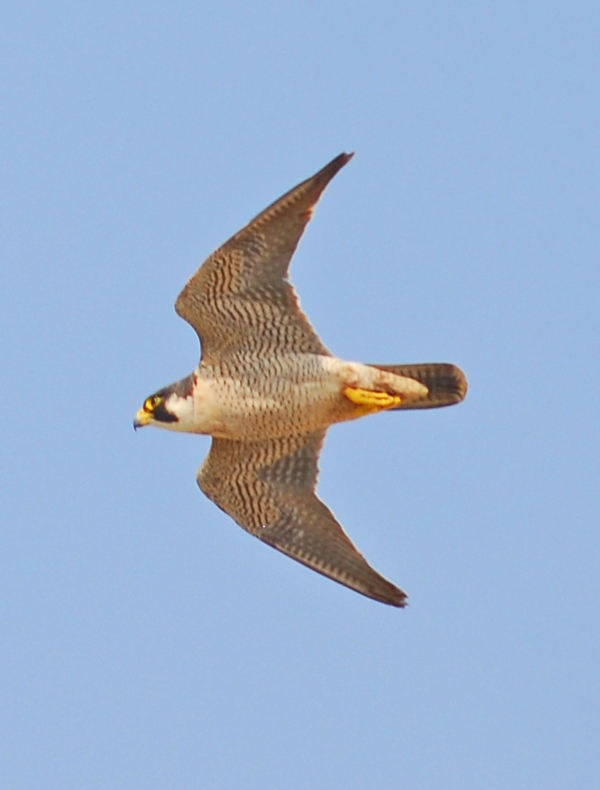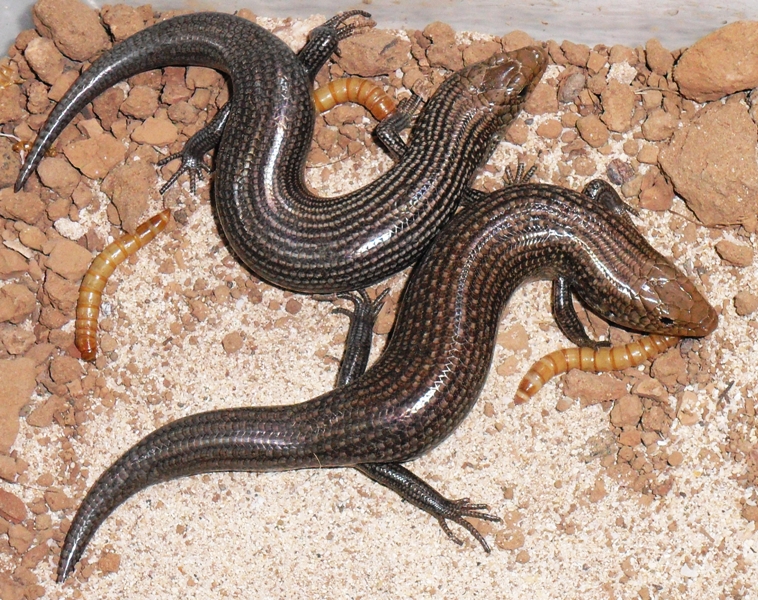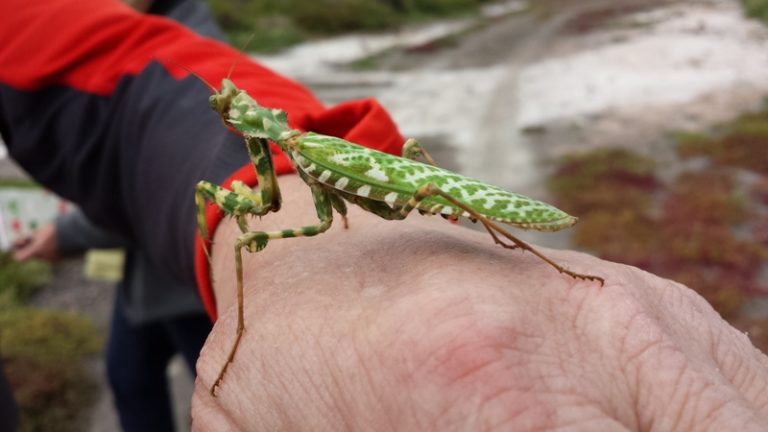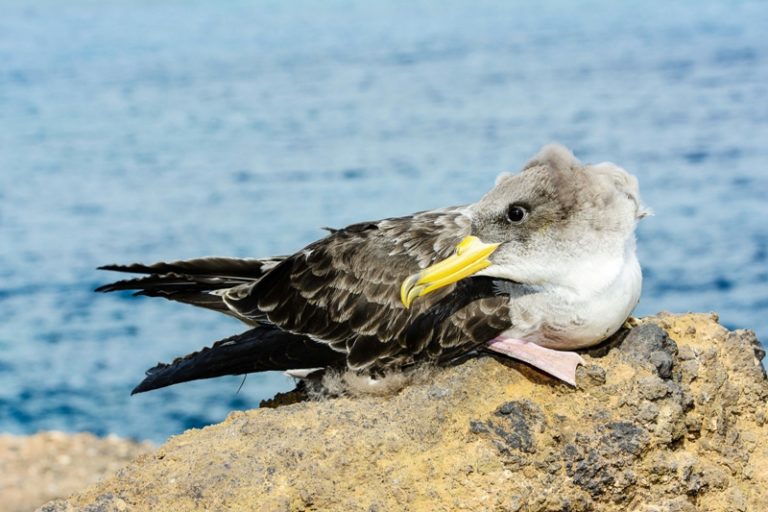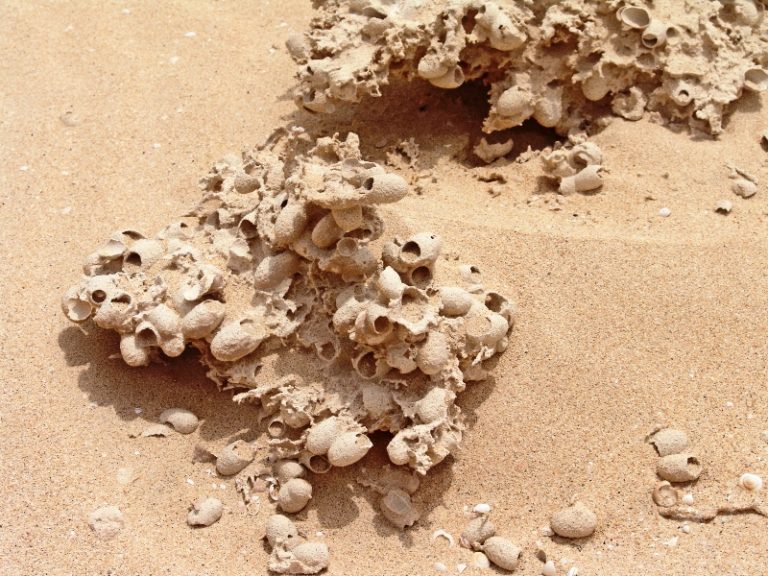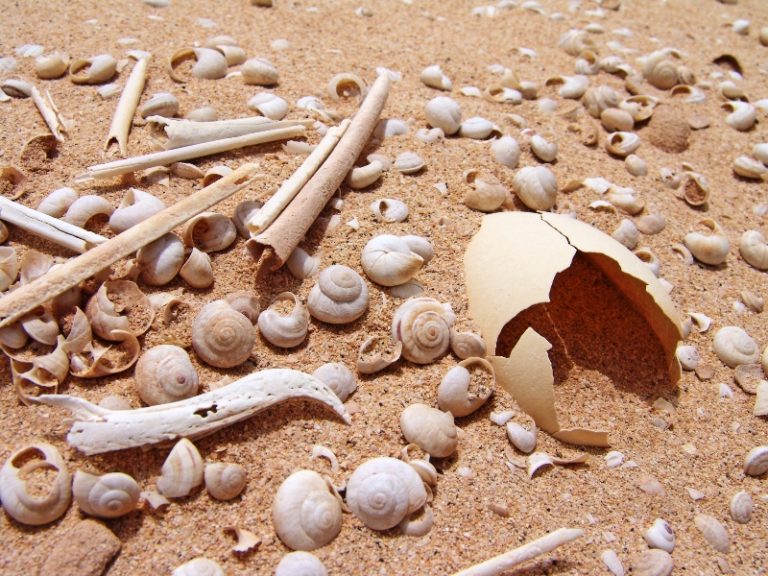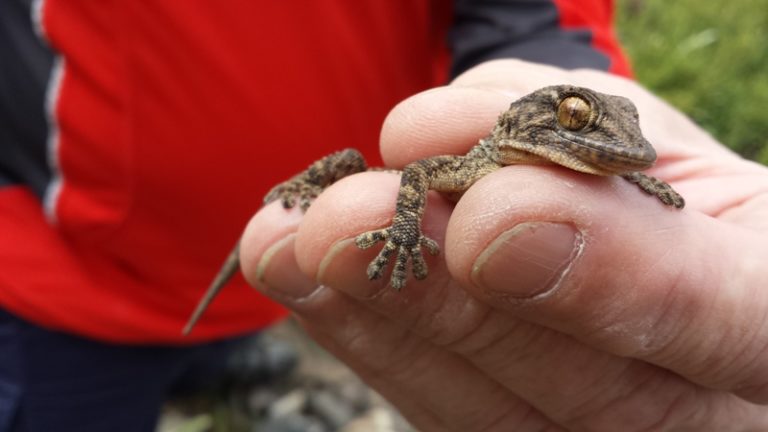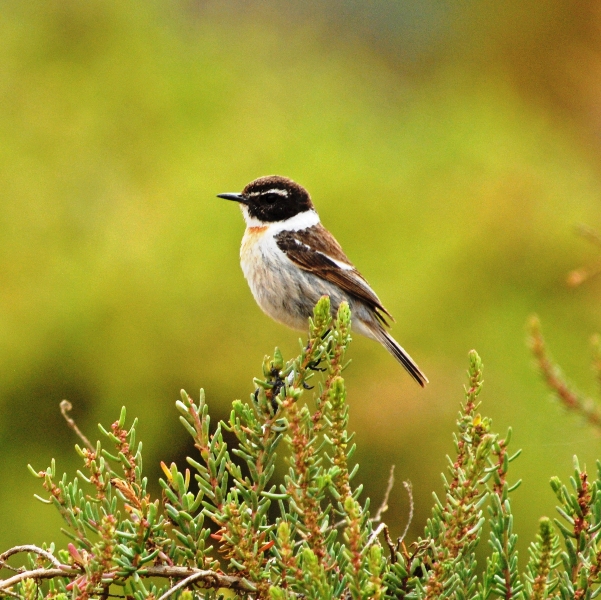Common name: Egyptian vulture or guirre
Scientific name: Neophron percnopterus ssp. majorensis
Status: Endangered
Threats: Poisons and power lines
Habitat and distribution: It breeds in small caves and rocky cavities, in ravines, mountains and cliffs. Formerly present in all the Canary Islands, currently its distribution is limited to the islands of Fuerteventura, Lanzarote and the islet of Alegranza.
How to recognize it: The guirre is a large bird, with a wingspan of almost 1.65 meters, a height of 70 centimeters and a weight of two kilos. It eats all kinds of carrion, from insects, garbage and droppings, to dead goats. The silhouette of the adult is unmistakable, white with a wide black band on the wings and a yellow face. The young are blackish, but their plumage lightens little by little, taking 5 years to be the same as their parents and to be able to breed.
Curiosities: The only strictly scavenger bird in the archipelago. Considered a “ave noble” by farmers and ranchers, because it does not attack cattle or other animals, it feeds on dead cattle and garbage, thus helping to clean the fields. The guirres make their nest in small caves in rocky cliffs, lining it with the hair of goats and sheep. They normally lay two eggs in April, although as a rule only one chick survives and begins to fly in July. The first years have a uniformly dark brown color. They reach sexual maturity in 5 years.

